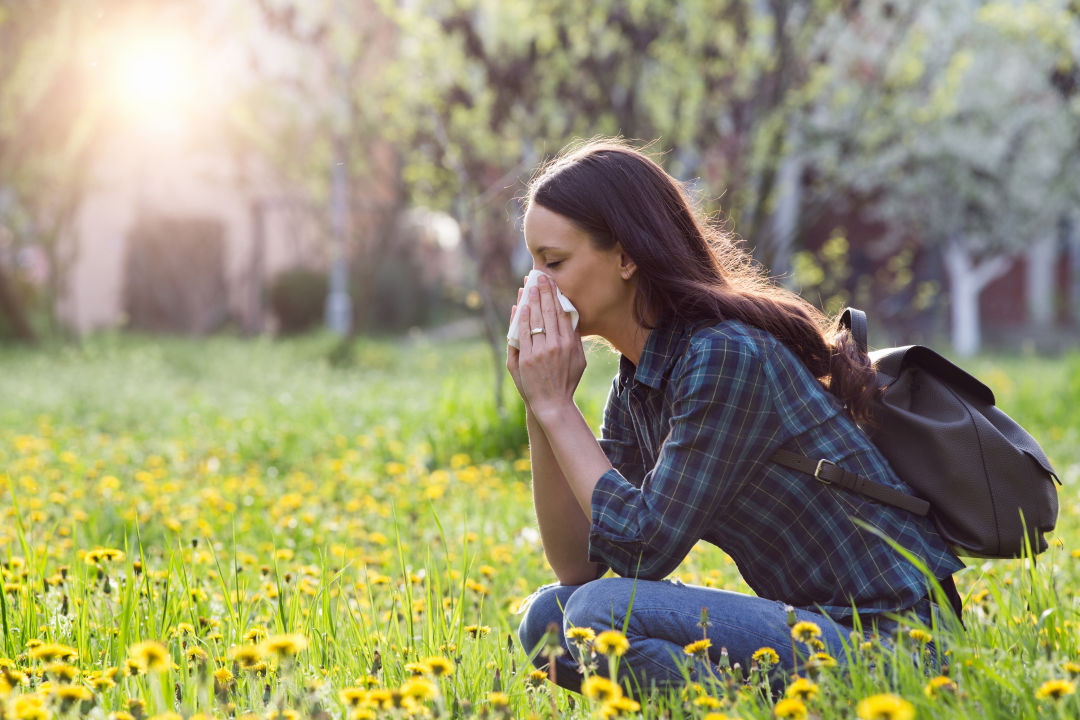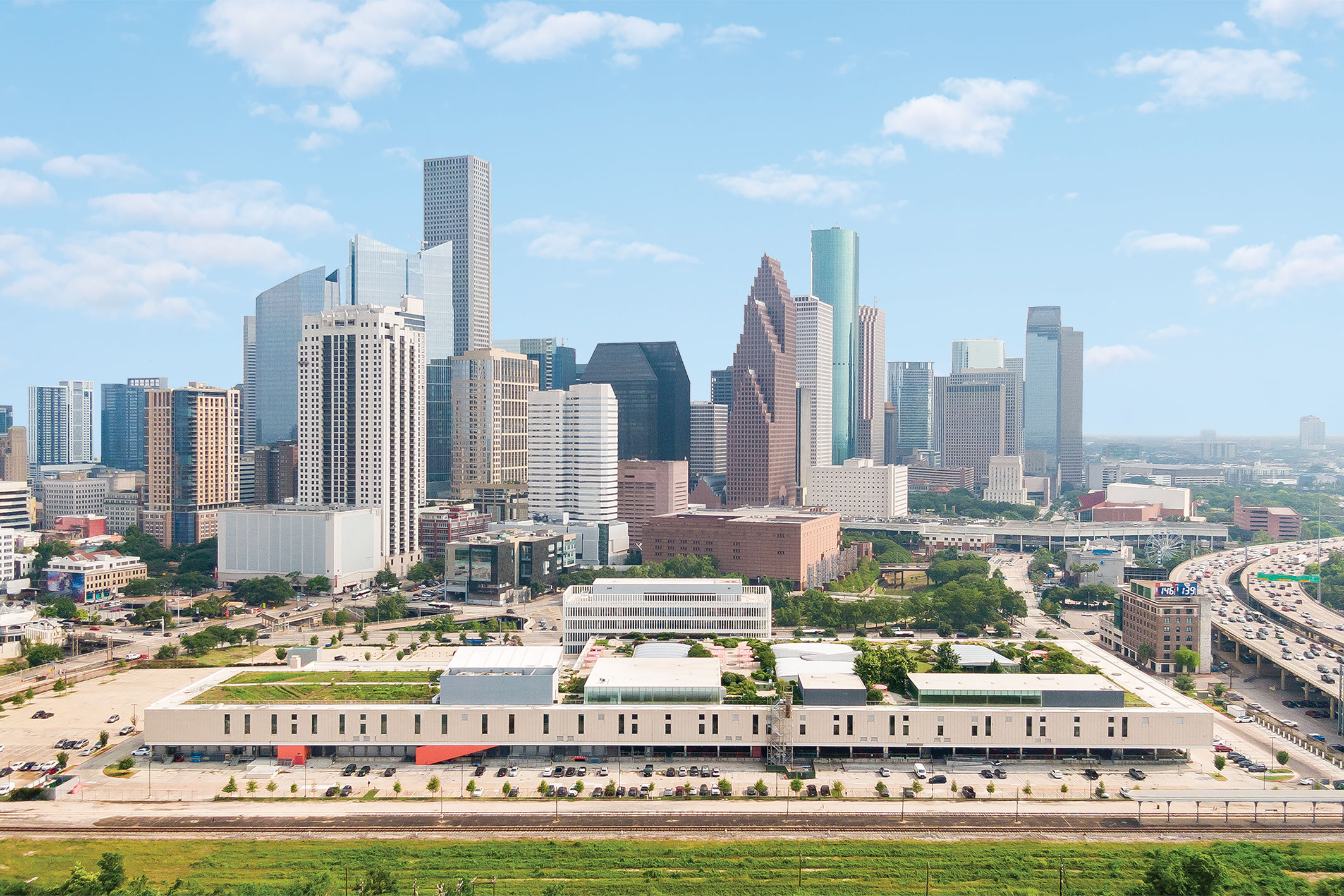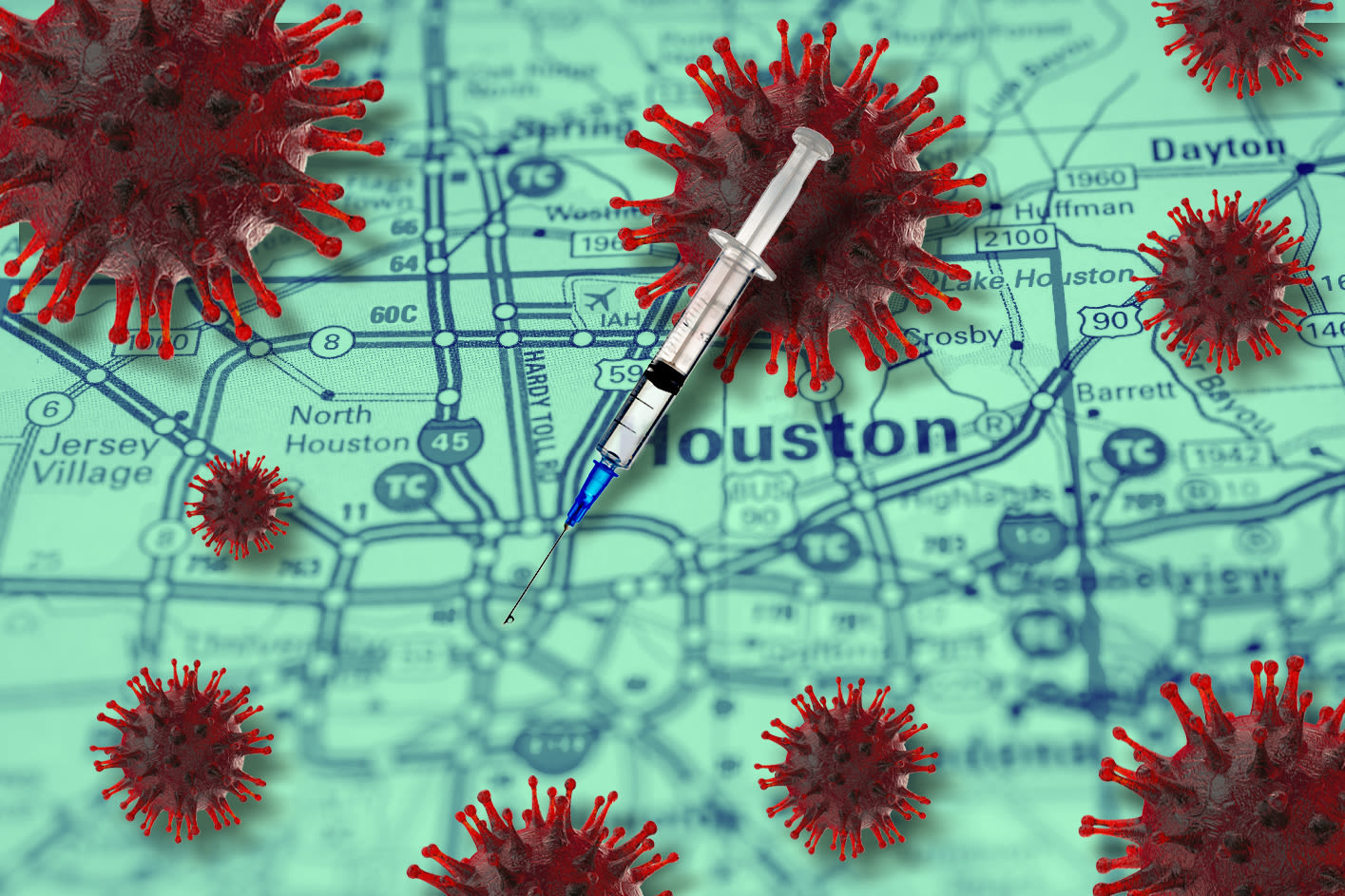How Is COVID-19 Different from Hay Fever?

Flowers are blooming, and trees are green again, but that’s only making us sneezier in a time where we really don’t want to be seen sneezing at all because of concerns about COVID-19.
Long story short, it’s a really bad time to have allergies.
Hay fever, also known as allergic rhinitis, affects 20 million adults and 6.1 million kids in the US, according to the Asthma and Allergy Foundation. Seasonal allergies cause your immune system to overreact to otherwise harmless allergens like pollen, dust, and mold. Tree pollen, especially from oak, has been extremely heavy in Houston since March 5, according to the Houston Health Department Pollen and Mold Count and the National Allergy Bureau Pollen and Mold Report. Grass pollen has been at medium or heavy levels since March 6.
What does that mean?
Each day, the Houston Health Department takes air samples to count the number of weed pollen, grass pollen, tree pollen, and mold spores in the air.
For tree pollen, extremely heavy means there is more than 1,500 spores per cubic meter of air. On Monday, March 16, the count was 2,512. A low level would be one to 14 pollen spores.
For grass pollen, medium means 5–19 spores per cubic meter of air, and high indicates 20–199. On Monday, grass pollen was counted as a 20, just over the “heavy” threshold.
So what are the symptoms of allergies versus COVID-19?
While there are some similarities in symptoms between seasonal allergies, there are also some key differences.
Symptoms of seasonal allergies can include:
- Runny or stuffy nose, sneezing
- Shortness of breath
- Dry cough
- Rashes
- Headache
- Fatigue
- Puffy, watery, or itchy eyes
- Itchy nose, ears, and throat
Symptoms of COVID-19 include:
- Fever
- Cough
- Shortness of breath
What are the major differences between allergies and COVID-19?
- Seasonal allergies won’t cause a fever, while you could get one with Coronavirus.
- Seasonal allergies can make you itchy; COVID-19 won’t.
- Seasonal allergy symptoms will show up almost immediately after exposure while COVID-19 symptoms can appear 2–14 days after exposure.
How can I get rid of my allergies?
There are plenty of over-the-counter allergy and decongestant medications you can take to manage seasonal allergies. There are also plenty of non-medicinal options on the internet if you look. Below are some recommendations we’ve found.
MayoClinic recommends:
- Stay indoors on dry and windy days. Considering many people are transitioning to working from home, this shouldn’t be too difficult.
- Delegate chores like lawn mowing and gardening to those without allergies. Basically, be lazy … for your health.
- If you do go outside, avoid early morning when pollen counts are the highest.
- Keep your indoors clean. Use a dehumidifier to keep air dry, run your air conditioning, and clean your floors often.
- Rinse your sinuses. Neti pots work great, but you can also use a small squeeze bottle. Rinse with a saline solution. Make your own solution with boiled water, salt and baking soda. Just be sure to let the water cool before you run it through your nose.
Medical News Today recommends:
- Vitamin C can act as an antihistamine. You can buy Vitamin C tablets at the grocery store, or get your daily dose in fruits and vegetables such as bell peppers, broccoli, lemons, oranges, and cantaloupe.
- Butterbur, which is a shrub that grows in Europe and parts of Asia and North America, has been found in some studies to help treat hay fever symptoms. Bonus: It also helps prevent migraines. Warning: Side effects includes belching.
- Bromelain, an anti-inflammatory enzyme, can also help with allergies. It’s found in fruit such as pineapple and papaya, or you can buy it as a supplement.
- Probiotics help boost the immune system, which can help you fight your allergies.
But what if I really do have COVID-19?
If you think you actually have COVID-19, then go get tested and quarantine yourself until you are well. However, if you typically get seasonal allergies, or if you start getting sneezy when you walk outside, then it might be just be a case of hay fever.




